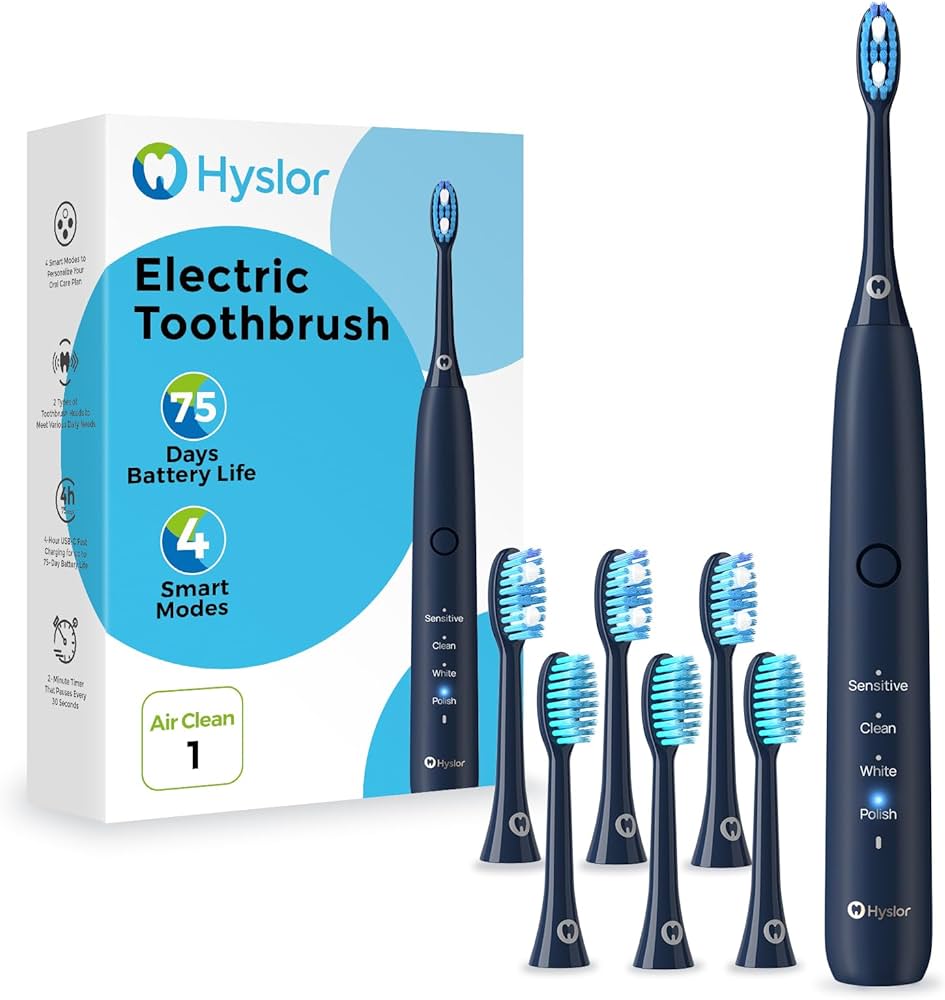
How to use electric toothbrush with toothpaste properly?
Introduction:
Using an electric toothbrush with toothpaste properly is essential for effective plaque removal and maintaining good oral hygiene. Electric toothbrushes offer advanced cleaning technologies and innovative features that can improve the brushing experience. However, proper technique and toothpaste application are key to maximizing the benefits of an electric toothbrush. In this guide, we will explore the steps and techniques for using an electric toothbrush with toothpaste correctly. By following these guidelines, you can ensure thorough cleaning, promote gum health, and achieve optimal oral care results.
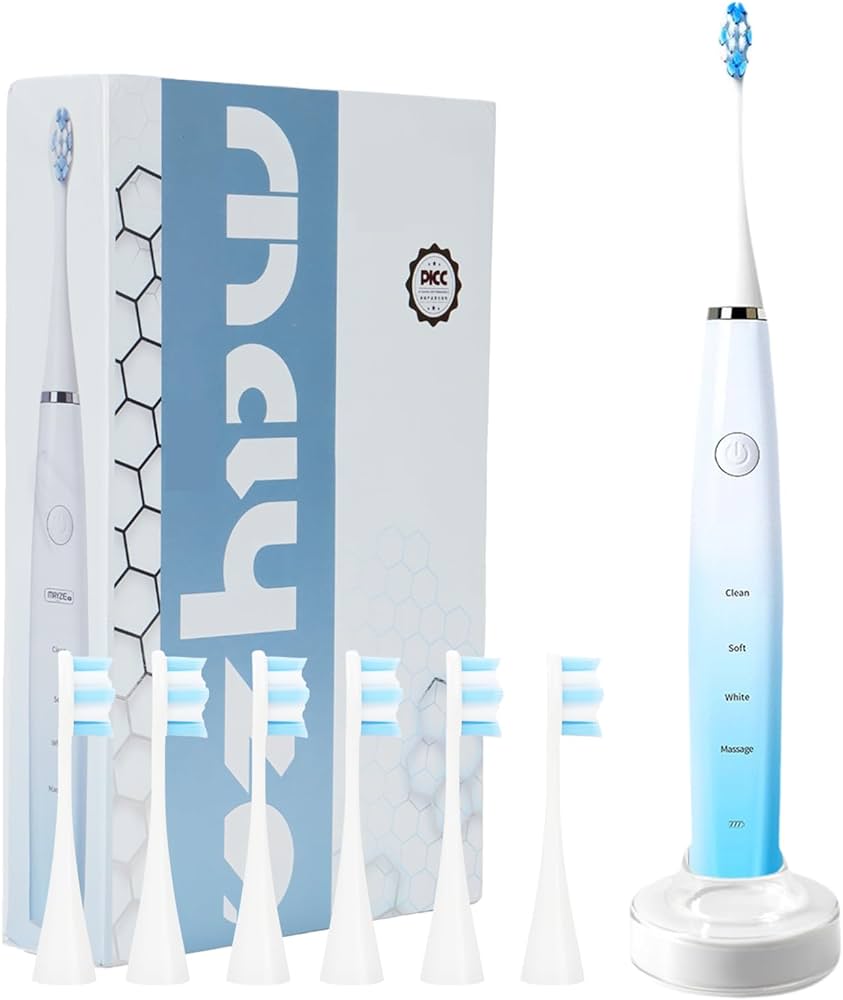
How to use electric toothbrush with toothpaste properly?
Step 1: Wet the Toothbrush:
Before applying toothpaste, it is important to wet the brush head of your electric toothbrush. Wetting the bristles helps create a good lather and ensures the toothpaste spreads evenly across your teeth and gums.
Step 2: Apply Toothpaste:
Squeeze an appropriate amount of toothpaste onto the brush head. The size of a pea is generally sufficient for most people. Avoid using excessive amounts of toothpaste, as it can create excess foam and make the brushing process more challenging.
Step 3: Position the Brush Head:
Place the brush head against your teeth at a slight angle, aiming for a 45-degree angle to the gumline. This helps ensure the bristles reach both the teeth and the gumline for thorough cleaning. Hold the brush head gently against your teeth, avoiding excessive pressure that can cause gum irritation or damage.
Step 4: Turn on the Electric Toothbrush:
Activate the electric toothbrush by pressing the power button. The brush head will start oscillating, rotating, or moving in the designated motion based on the specific model and setting you have chosen. Allow the brush head to do the work for you, and avoid adding additional scrubbing or brushing force. The vibrations or movements of the electric toothbrush will provide the necessary cleaning action.
Step 5: Brush All Tooth Surfaces:
Move the brush head across all tooth surfaces, using gentle circular or back-and-forth motions. Start with the outer surfaces of the teeth, gradually moving to the inner surfaces, and finish with the chewing surfaces. It is important to spend an equal amount of time on each section of your mouth to ensure thorough cleaning.
Step 6: Pay Attention to Gumline Cleaning:
While brushing, pay close attention to the gumline. The bristles of the electric toothbrush should gently touch the gumline as they oscillate or rotate, helping to remove plaque and debris effectively. Proper gumline cleaning is crucial for maintaining gum health and preventing gum disease.
Step 7: Brush Each Section for the Recommended Duration:
Brush each section of your mouth for the recommended duration, which is typically two minutes. Many electric toothbrushes come with built-in timers that ensure you brush for the appropriate amount of time. Some toothbrushes emit a brief pause or signal every 30 seconds to remind you to move to a different section of your mouth. Following the recommended brushing time helps ensure that all teeth receive adequate attention and cleaning.
Step 8: Rinse and Clean:
After brushing, turn off the electric toothbrush and rinse both the brush head and your mouth with water. Thoroughly rinse off any remaining toothpaste residue from the brush head to prevent it from drying and hardening on the bristles.
Step 9: Clean and Store the Electric Toothbrush:
Gently clean the brush head of your electric toothbrush with water and a small amount of soap. Use your fingers or a soft toothbrush to remove any remaining toothpaste or debris. Rinse the brush head thoroughly and allow it to air-dry before storing it in an upright position. Avoid storing the electric toothbrush in a closed container or with a cap on, as this can promote the growth of bacteria.
Step 10: Replace the Brush Head Regularly:
To maintain optimal oral hygiene, it is important to replace the brush head of your electric toothbrush regularly. Most manufacturers recommend replacing the brush head every three months or when the bristles start to show signs of wear and tear. Regular replacement ensures that the bristles remain effective in removing plaque and maintaining good oral health.
Conclusion:
Using an electric toothbrush with toothpaste properly is essential for effective plaque removal and maintaining optimal oral hygiene. By following the steps and techniques outlined above, you can ensure thorough cleaning, promote gum health, and achieve optimal oral care results. Remember to wet the toothbrush, apply an appropriate amount of toothpaste, position the brush head correctly, and allow the electric toothbrush to do the work for you. Brush all tooth surfaces, pay attention to the gumline, and follow the recommended brushing time. Rinse and clean the electric toothbrush after use, and store it properly. Regularly replacing the brush head is crucial for maintaining optimal oral hygiene. By incorporating these practices into your oral care routine, you can maximize the benefits of your electric toothbrush and achieve a healthier and brighter smile.





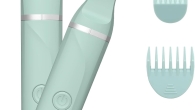
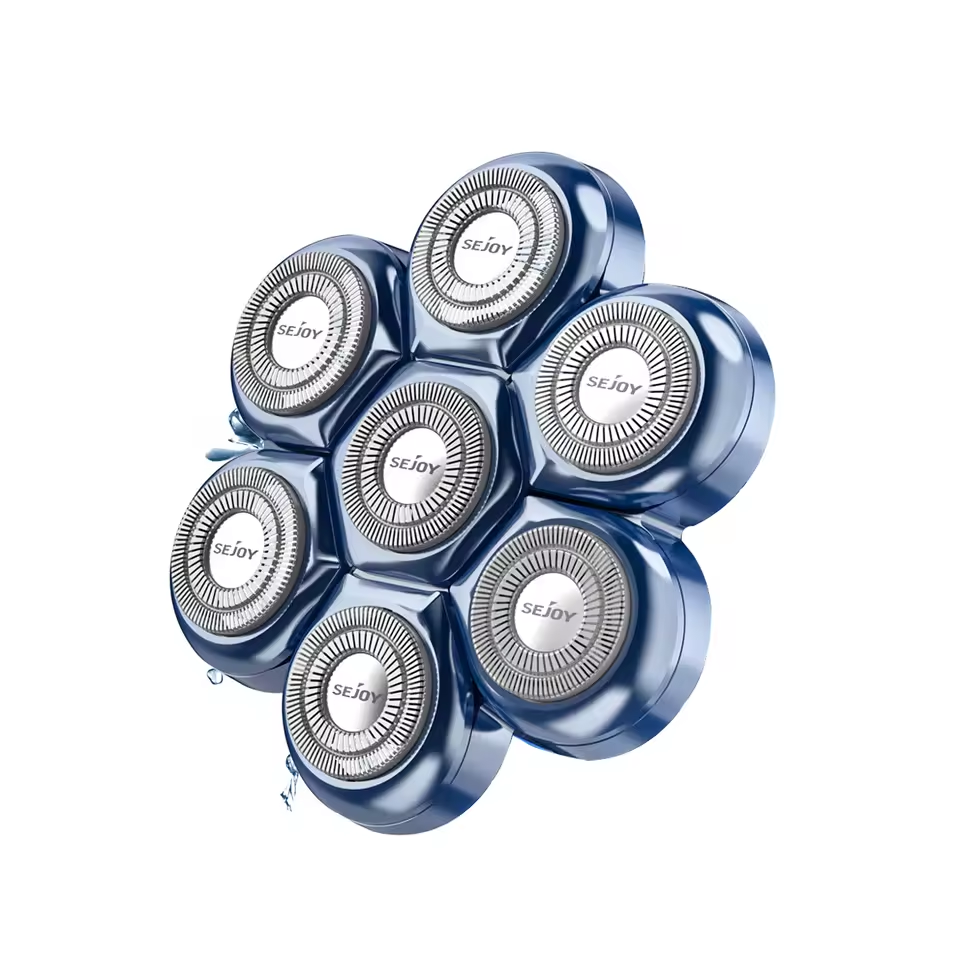


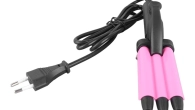

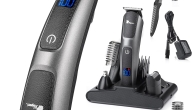
Leave a Reply
You must be logged in to post a comment.